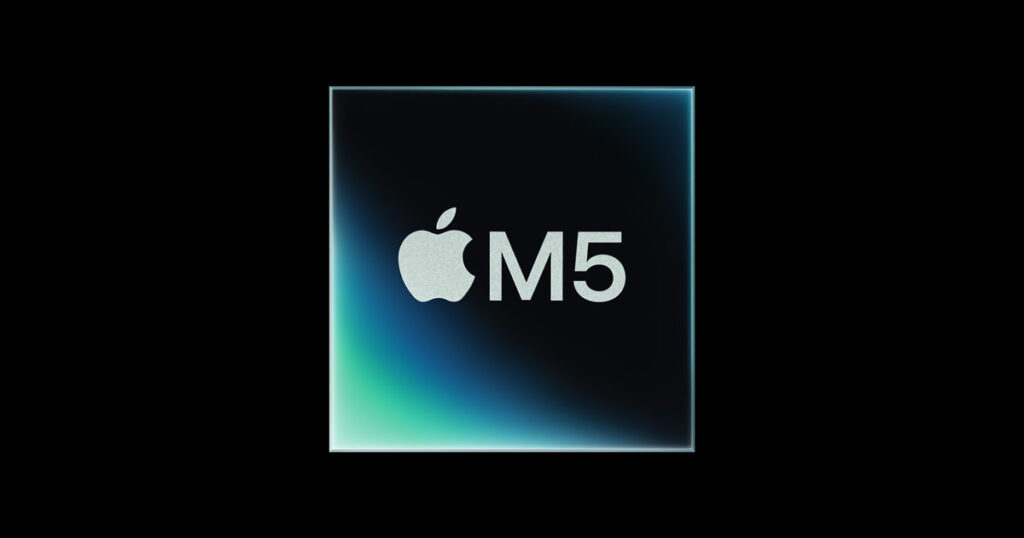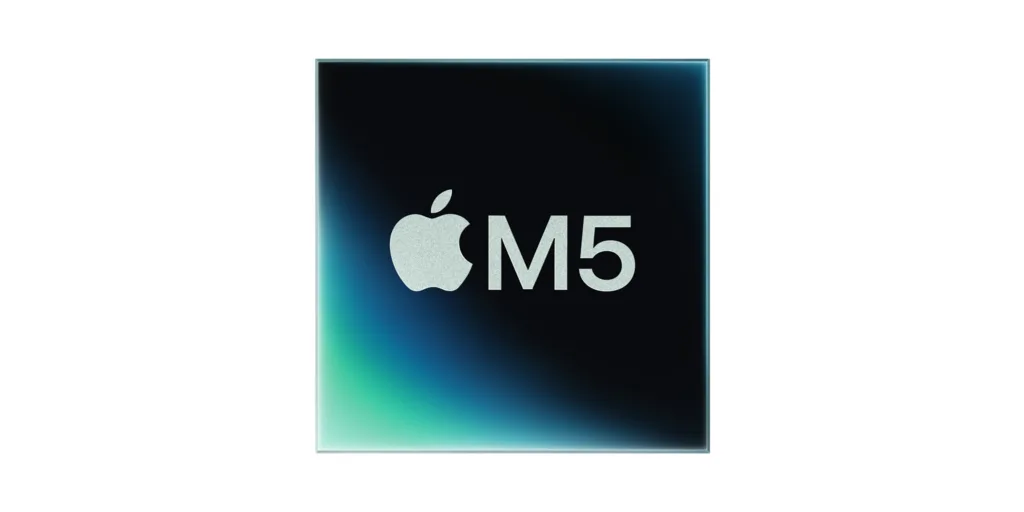November 10, 2025 marks five years since Apple unveiled the M1 chip, revolutionizing the Mac lineup by replacing Intel processors. From the M1’s debut in 2020 to the M5’s October 2025 launch, Apple silicon has delivered extraordinary performance gains that reshape professional computing.
Table of Contents

Five Years of Apple Silicon: M1 to M5 Performance Comparison
The M1 chip launched on November 10, 2020, featuring the “world’s fastest CPU core” and industry-leading performance per watt. Fast forward five years, and the M5 chip demonstrates how far Apple has come, delivering 6x faster CPU/GPU performance and 6x faster AI performance compared to the original.
| Metric | M1 (2020) | M5 (2025) | Improvement |
|---|---|---|---|
| Single-Core Geekbench | 2,320 | 4,263 | 84% faster |
| Multi-Core Geekbench | 8,175 | 17,862 | 118% faster |
| Metal GPU Score | 33,041 | 75,637 | 129% faster |
| CPU/GPU Cores | 8-core/8-core | 10-core/10-core | 25% more cores |
| CPU Clock Speed | 3.2 GHz | 4.61 GHz | 44% higher |
| Unified Memory | Up to 16GB | Up to 32GB | 2x capacity |
| Memory Bandwidth | 68.25 GB/s | 153 GB/s | 2.2x faster |
| Process Node | TSMC 5nm (N5) | TSMC 3nm (N3P) | 40% smaller |

Massive Performance Gains Across the Board
Beyond raw CPU improvements, the M5 delivers specialized performance boosts: 7.7x faster AI video processing, 6.8x faster 3D rendering, 2.6x faster gaming performance, and 2.1x faster code compiling compared to the M1.
The M5 introduces features absent from the M1, including integrated Neural Accelerators in every GPU core, a third-generation ray tracing engine for realistic gaming graphics, second-generation dynamic caching, and doubled unified memory support reaching 32GB with 153 GB/s bandwidth.

Apple phased out its final Intel Mac in June 2023 when the 2019 Mac Pro was discontinued, completing a three-year transition. Intel Macs won’t receive software updates after macOS Tahoe, pushing users toward Apple silicon machines. Learn more about Apple silicon on Apple’s official site.
Looking ahead, TSMC’s 2nm chips could arrive in 2026 with 10-15% speed improvements and 25-30% power reductions, while 1.4nm chips may follow by 2028. For more Mac and Apple silicon updates, visit TechnoSports.
The M1 to M5 journey proves Apple’s chip design prowess, delivering professional-grade performance while maintaining exceptional battery life—something Intel never achieved in Mac laptops.
FAQs
How much faster is the M5 chip compared to the M1?
The M5 delivers 6x faster CPU/GPU performance, 6x faster AI performance, and 2.2x faster memory bandwidth with double the RAM capacity.
When will Apple introduce 2nm chips?
TSMC’s 2nm chips could debut in 2026 Apple silicon, offering 10-15% speed gains and 25-30% better power efficiency.







